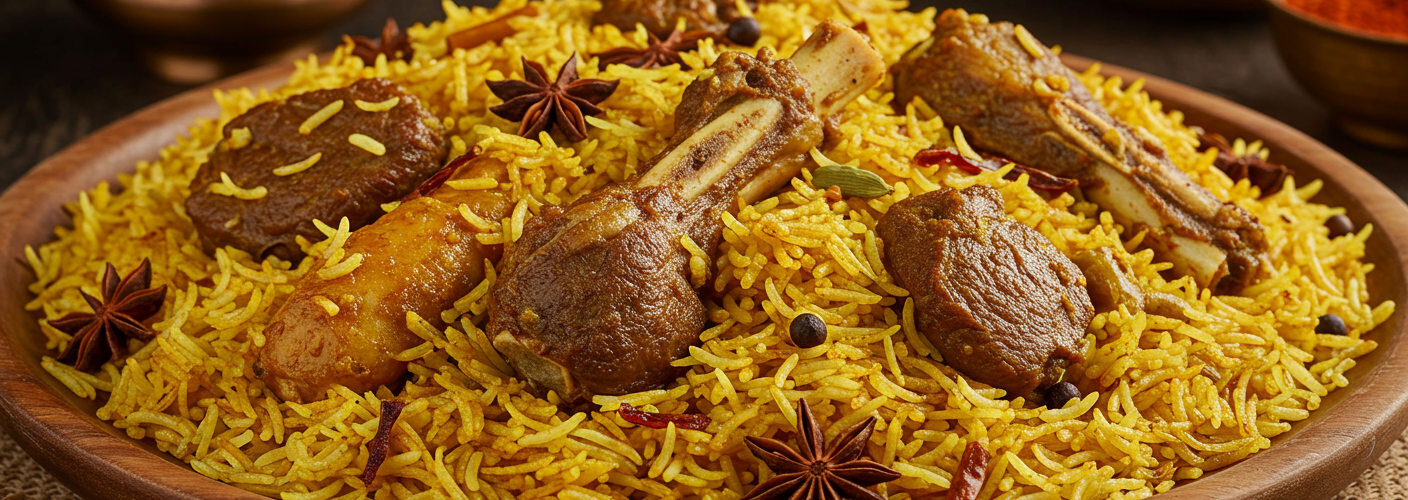When it comes to Middle Eastern cuisine, few dishes encapsulate the magical blend of culture, tradition, and flavor quite like Mandi Rice. This quintessential dish hails from the Arabian Peninsula and has gained popularity not just in its region of origin but across the globe. Mandi Rice is a delightful combination of meat, fragrant rice, and an array of spices, traditionally cooked underground, creating an extraordinary culinary experience that tantalizes taste buds.
What is Mandi Rice?
Mandi Rice is a hearty dish primarily made of marinated meat—usually chicken or lamb—layered over long-grain basmati rice, which is infused with a unique blend of spices. The magic of Mandi lies in its cooking method. Traditionally, it is cooked in a deep pit dug in the ground, where the ingredients are allowed to simmer slowly, absorbing each other’s flavors. This method gives the rice its signature aroma and texture, while also ensuring that the meat is tender and succulent.
The origin of Mandi Rice can be traced back to Yemen, but it has become an integral part of the culinary landscape in countries such as Saudi Arabia, the United Arab Emirates, and Oman. Each region adds its own twist to the dish, often incorporating local spices and cooking techniques, but the essence of Mandi remains consistent.
Ingredients and Preparation
At the heart of Mandi Rice are a few key ingredients that harmonize perfectly. The meat is often marinated in a mixture of yogurt, garlic, and spices such as cloves, cardamom, and cinnamon. This marinade not only tenderizes the meat but also infuses it with a depth of flavor that is irresistible.
The rice used in Mandi is typically basmati, known for its long grains and aromatic qualities. Before cooking, the rice is rinsed and soaked to achieve the perfect softness.
The underground cooking method involves placing the marinated meat and rice in a pot, which is then buried in a pit lined with hot coals. This slow-cooking process allows the flavors to meld beautifully. The steam trapped within the pot further infuses the rice with the meat’s juices, resulting in a dish that is rich and flavorful.
While underground cooking is the traditional method, modern adaptations have made Mandi accessible to home cooks. Many now use pressure cookers or ovens, achieving similar delicious results by adjusting cooking times and temperatures.
Serving and Enjoying Mandi Rice
Traditionally, Mandi Rice is served on a large communal platter, allowing diners to savor the dish together—reflecting the spirit of hospitality central to Middle Eastern culture. Garnished with fried onions, almonds, or raisins, the dish is often accompanied by a tangy side of tomato salad or yogurt, providing a refreshing contrast to the rich flavors of the rice and meat.
Mandi Rice has transcended its traditional roots, becoming a popular choice for gatherings, celebrations, and family meals. Its robust flavor profile and the communal way in which it is served make it an ideal centerpiece for any festive occasion.
In conclusion, Mandi Rice is not just a meal; it is a celebration of culture, flavor, and togetherness. Whether you have enjoyed it at a traditional Middle Eastern gathering or are preparing it for the first time in your own kitchen, this dish promises to bring warmth and joy to any table. So gather your loved ones and indulge in the rich tastes and aromas of this beloved culinary treasure!




Add comment